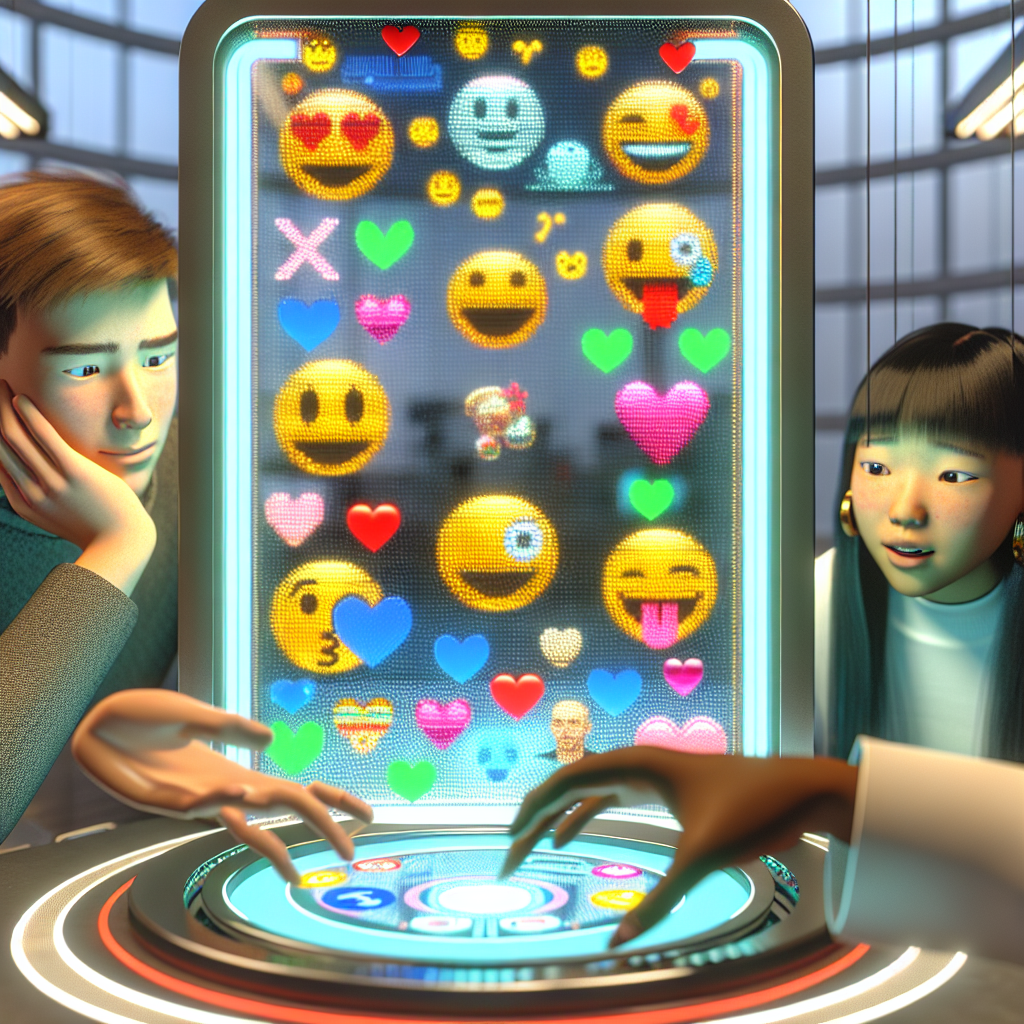The High-Value First Date – How to Structure a Meeting That Screens for Compatibility, Not Just Chemistry
Introduction
In today’s fast-paced, app-centric dating landscape, singles from ages 18 to 80 are more connected than ever—and yet, many still find themselves questioning why so many dates lead to short-term sparks that quickly fizzle. The answer lies in a common dating pitfall: prioritizing chemistry over compatibility.
While chemistry is undeniably alluring—that immediate “spark,” the rush of attraction, shared jokes, and magnetic glances—it can often mask fundamental differences in values, lifestyle, and long-term goals. In contrast, high-value dating reorients the approach to focus on compatibility early on, conserving time, emotional energy, and expectations.
A high-value first date is not about appearances or trendy reservations. It’s about crafting an experience that allows for meaningful discovery while maintaining a relaxed, open-hearted connection. Whether you’re 25 and new to dating, 45 and rebuilding post-divorce, or 70 and seeking companionship later in life, the goal is to assess not just attraction—but alignment with your life vision.
This intentional, compatibility-centered dating method elevates your overall romantic journey by helping you connect with emotionally available, lifestyle-aligned partners sooner. Think of it as a “compatibility filter”; chemistry happens, but you’re tuned in for deeper cues.
In a dating culture obsessed with “instant connection,” high-value dating helps cultivate lasting attraction—one that blends physical connection with intellectual, emotional, and lifestyle harmony. It’s time to design first dates not as auditions, but as intelligent checkpoints that move you closer to a fulfilling partnership.
Why Compatibility Outweighs Chemistry
Science supports the notion that long-term romantic success rests more on compatibility than initial chemistry. According to research published in the Journal of Personality and Social Psychology, couples who share core values, communication styles, and emotional regulation tendencies enjoy higher relationship satisfaction and stability.
A 2019 study by [Eastwick, Finkel, and colleagues](https://psycnet.apa.org/doi/10.1037/pspi0000185) shows that although initial attraction plays a role, it’s far more sustainable in relationships deeply rooted in shared lifestyle, beliefs, and goals. Those who start with intense sparks but little underlying alignment were more likely to report growing dissatisfaction over time.
Furthermore, Dr. John Gottman, a leading psychologist on marital stability, emphasizes the importance of understanding a partner’s internal world through tools like “Love Maps.” In his research, he suggests that connection built on understanding each other’s core desires and motivations leads to significantly greater intimacy and long-term connection. Learn more from the [Gottman Institute](https://www.gottman.com/blog/love-maps-relationship-attunement/).
Supporting this, a [Stanford University study](https://news.stanford.edu/news/2014/february/relationships-romantic-study-021114.html) following new couples over nine months found that emotional understanding and shared values were better predictors of relationship success than physical attraction.
The Compatibility Filter: Structuring First Dates With Purpose
Instead of spontaneous charm or visual appeal being the measure of success, a high-value first date is best used as a screening tool for deeper alignment. This doesn’t mean being cold or clinical—it means being intentional.
Choose a setting that encourages connection over distraction. Quiet cafés, small bookstores, or nature walks allow people to be present and engaged. Loud bars or movie theaters may offer ambience, but they prevent the real conversations needed to assess compatibility.
Instead of basic banter like “So, what do you do for fun?”, ask thoughtful, open-ended questions such as:
– “What does a fulfilling day look like to you?”
– “How do you usually handle a stressful week?”
– “What are you looking forward to in the next year?”
These give you insight into someone’s values, self-awareness, and emotional availability—key indicators of compatibility. Even simple actions—eye contact, active listening, and curiosity—can help you assess the quality of someone’s presence.
Generational Relevance: Compatibility Across Ages
This approach isn’t exclusive to any one generation. For Gen Z—a group that places strong emphasis on mental health, identity exploration, and social values—compatibility often trumps appearance. Tools that help reveal alignment around such subjects are particularly valuable.
Meanwhile, for those returning to dating in midlife or beyond, such as divorced individuals or widows/widowers, value alignment becomes even more essential. With increased self-awareness and life experience, mature daters often know what they are (and aren’t) willing to compromise on.
By orienting dates toward exploring compatibility rather than just seeking mutual attraction, daters of all ages validate both emotional goals and relational needs, fostering connections that are rich in understanding and potential.
Conclusion: Substance Over Spark
In an era dominated by swipe culture and fleeting encounters, adopting a high-value dating mindset offers singles the ability to build relationships that last by prioritizing emotional congruence over surface appeal.
When you design first dates to assess core compatibility, you avoid unnecessary emotional entanglement and fast-track your connection to someone truly aligned with your life. Chemistry might light the match, but compatibility fuels the fire.
Ready to meet someone who aligns with your heart and goals?
For more dating insights and compatibility tools, visit us at HitchMe.com – where we match hearts with purpose.
References
– Eastwick, P. W., Finkel, E. J., & Simpson, J. A. (2019). “[When and why do ideal partner preferences affect the process of initiating and maintaining romantic relationships?](https://psycnet.apa.org/doi/10.1037/pspi0000185)” Journal of Personality and Social Psychology.
– [The Gottman Institute – Love Maps](https://www.gottman.com/blog/love-maps-relationship-attunement/)
– [Stanford University Study on Compatibility and Relationship Development](https://news.stanford.edu/news/2014/february/relationships-romantic-study-021114.html)
– Journal of Personality and Social Psychology – “[Predicting Romantic Relationships’ Longevity](https://www.apa.org/pubs/journals/psp)”
Concise Summary
In a dating culture fueled by instant attraction, this guide promotes a smarter approach: structuring high-value first dates to assess compatibility instead of relying solely on chemistry. Backed by psychological research and expert insights, it offers practical methods for singles—across all generations—to build connections based on shared values, emotional availability, and future goals. Whether you’re 25 or 70, curating intentional dates helps you avoid short-lived flings and shift toward meaningful, enduring relationships. Compatibility, not just chemistry, is the cornerstone of lasting romance.

Dominic E. is a passionate filmmaker navigating the exciting intersection of art and science. By day, he delves into the complexities of the human body as a full-time medical writer, meticulously translating intricate medical concepts into accessible and engaging narratives. By night, he explores the boundless realm of cinematic storytelling, crafting narratives that evoke emotion and challenge perspectives. Film Student and Full-time Medical Writer for ContentVendor.com




